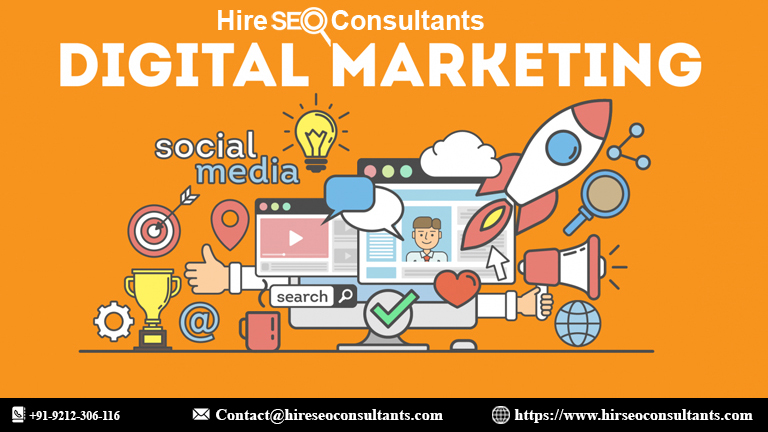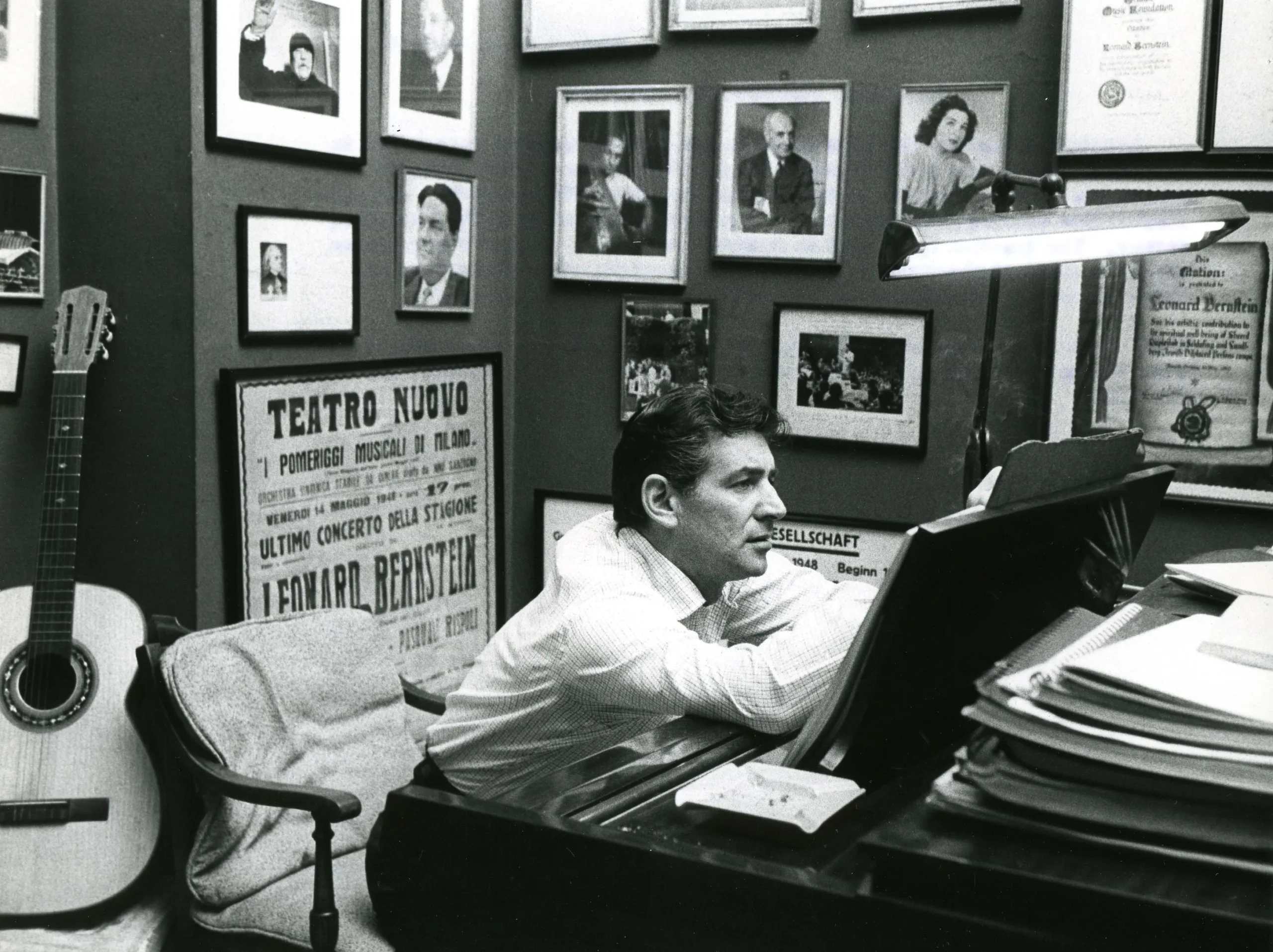A Comprehensive Guide to Corporate Office Interior Design
In today’s fast-paced business environment, the design of a corporate office plays a crucial role in shaping the company’s culture, enhancing employee productivity, and creating a positive impression on clients and visitors. Corporate office interior design is not just about aesthetics; it’s about creating a functional and inspiring workspace that meets the needs of both employees and the organization. This comprehensive guide will explore the key elements of corporate office interior design, the benefits of a well-designed workspace, and practical tips for creating an effective office environment.
Understanding Corporate Office Interior Design
Corporate office interior design involves the planning and execution of the interior spaces within a corporate environment. This includes everything from the layout and furniture selection to color schemes and lighting. The goal is to create a cohesive and functional space that reflects the company’s brand and values while promoting productivity and collaboration among employees.
Key Elements of Corporate Office Interior Design
-
Space Planning: Effective space planning is the foundation of corporate office interior design. It involves analyzing the available space and determining the best layout to accommodate various functions, such as workstations, meeting rooms, and communal areas. A well-planned office layout can enhance workflow, improve communication, and maximize the use of space.
-
Furniture Selection: The choice of furniture is critical in creating a comfortable and functional workspace. Ergonomic furniture, such as adjustable desks and supportive chairs, can improve employee well-being and productivity. Additionally, selecting furniture that aligns with the company’s brand and culture can enhance the overall aesthetic of the office.
-
Color Schemes: Colors have a significant impact on mood and productivity. When designing a corporate office, it’s essential to choose a color palette that reflects the company’s identity while promoting a positive work environment. For example, blues and greens can create a calming atmosphere, while brighter colors like yellow can stimulate creativity and energy.
-
Lighting: Proper lighting is crucial for creating a comfortable and productive workspace. Natural light is ideal, as it can boost mood and energy levels. However, when natural light is limited, incorporating a mix of ambient, task, and accent lighting can help create a well-lit environment that supports various activities.
-
Acoustics: Noise levels can significantly affect employee concentration and productivity. Incorporating sound-absorbing materials, such as carpets, acoustic panels, and soft furnishings, can help minimize noise and create a more peaceful work environment.
-
Branding: The design of a corporate office should reflect the company’s brand and values. Incorporating brand colors, logos, and imagery into the design can create a cohesive identity and reinforce the company’s mission and culture.
Benefits of Effective Corporate Office Interior Design
Investing in corporate office interior design can yield numerous benefits for both employees and the organization as a whole:
-
Enhanced Productivity: A well-designed office can improve employee productivity by creating a comfortable and functional workspace. Thoughtful layouts, ergonomic furniture, and adequate lighting can help employees focus and perform at their best.
-
Improved Employee Well-Being: A positive work environment contributes to employee satisfaction and well-being. Incorporating elements such as natural light, greenery, and comfortable break areas can enhance the overall experience for employees.
-
Attracting and Retaining Talent: A modern and appealing office design can attract top talent and help retain existing employees. A well-designed workspace demonstrates that a company values its employees and is committed to providing a positive work environment.
-
Positive Client Impressions: The design of a corporate office can leave a lasting impression on clients and visitors. A professional and inviting space can enhance the company’s reputation and foster trust and confidence in its services.
-
Encouraging Collaboration: Thoughtful design can promote collaboration and communication among employees. Open spaces, communal areas, and flexible meeting rooms can facilitate teamwork and idea-sharing.
Steps to Create an Effective Corporate Office Interior Design Plan
Creating an effective corporate office interior design plan involves several key steps:
1. Assess Your Needs
Begin by assessing the specific needs of your organization. Consider factors such as the number of employees, the nature of the work, and the company culture. This assessment will help you determine the best layout and design elements for your office.
2. Set a Budget
Establish a budget for your corporate office interior design project. This should include costs for furniture, materials, labor, and any additional services required. Having a clear budget will help guide your decisions and ensure that you stay within financial limits.
3. Research and Gather Inspiration
Look for inspiration by researching current trends in corporate office interior design. Explore design magazines, websites, and social media platforms to gather ideas and visualize your vision. Creating a mood board can help you organize your thoughts and preferences.
4. Collaborate with Professionals
Consider working with a professional interior designer who specializes in corporate office design. They can provide valuable expertise, help you refine your ideas, and ensure that your design meets all necessary regulations and standards.
5. Develop a Design Concept
Once you have gathered inspiration and collaborated with professionals, develop a design concept that aligns with your goals and budget. This should include layout plans, color schemes, furniture selections, and lighting options.
6. Implement the Design
With a finalized design concept, it’s time to implement the plan. Coordinate with contractors, suppliers, and other professionals to ensure that the design is executed as intended. Regularly monitor progress to address any issues that may arise.
7. Evaluate and Adjust
After the design is implemented, take the time to evaluate the effectiveness of the new space. Gather feedback from employees and make adjustments as needed to optimize functionality and comfort.
What People Also Ask
What is corporate office interior design?
Corporate office interior design is the process of creating functional and aesthetically pleasing environments for corporate spaces. It involves planning layouts, selecting furniture, choosing color schemes, and ensuring that the design reflects the company’s brand and values.
How much does corporate office interior design cost?
The cost of corporate office interior design can vary widely based on factors such as the size of the space, the complexity of the design, and the materials used. It’s essential to establish a budget and obtain quotes from multiple designers to get a better understanding of costs.
How long does the design process take?
The timeline for the corporate office interior design process can vary depending on the scope of the project. Smaller projects may take a few weeks, while larger renovations can take several months. Discuss timelines with your chosen designer during the initial consultation.
Can I work with an interior designer remotely?
Yes, many interior designers offer remote services, especially in today’s digital age. This can include virtual consultations, design plans, and project management through online platforms.
What should I look for in a corporate office interior designer?
When choosing a corporate office interior designer, look for experience, a strong portfolio, good communication skills, transparency in pricing, and a design philosophy that aligns with your vision.
How can I ensure my office design promotes employee well-being?
To promote employee well-being through office design, incorporate elements such as natural light, ergonomic furniture, greenery, and comfortable break areas. Creating a positive and inviting environment can enhance employee satisfaction and productivity.
Conclusion
Creating an effective corporate office interior design plan is essential for fostering a productive and positive work environment. By understanding the key elements of design, assessing your needs, and collaborating with professionals, you can develop a workspace that reflects your brand and enhances employee well-being. Remember to stay flexible and open to adjustments throughout the process, as the ultimate goal is to create a space that meets the needs of your organization and its employees. With thoughtful planning and execution, your corporate office can become a place where creativity and productivity thrive.
What's Your Reaction?



















